First to Everest: The Legacy of Tenzing Norgay
Tenzing Norgay, born on May 29, 1914, in the Khumbu region of Nepal, is celebrated as a trailblazer in mountaineering. He is best known for being one of the first individuals to reach the summit of Mount Everest on May 29, 1953, alongside New Zealand climber Sir Edmund Hillary. This remarkable achievement marked a significant moment for both Tenzing and the Sherpa community, symbolizing courage and perseverance.
Table of Contents
ToggleRaised in the village of Thame, Tenzing belonged to the Sherpa ethnic group, known for their exceptional skills in navigating challenging mountain terrain. Originally named Namgyal Wangdi, he was later given the name “Tenzing Norgay,” meaning “fortunate one.”
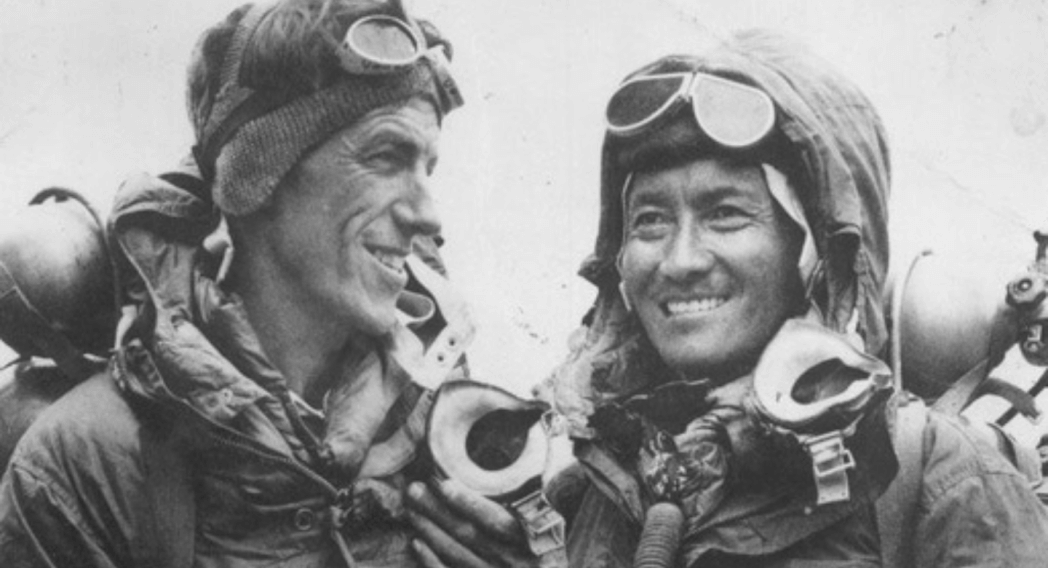
“First to the Top: Tenzing Norgay’s Historic Everest Triumph”
At 19, Tenzing moved to Darjeeling, India, where he worked as a porter for climbing teams. His natural abilities and reliability earned him recognition, leading him to participate in several British expeditions aimed at conquering Everest during the 1930s and 1940s.
The pivotal moment in Tenzing’s life occurred in 1953 during the ninth British attempt to summit Everest. On that historic day, he and Hillary reached the summit, standing at 29,032 feet. Tenzing planted flags representing Nepal, the United Nations, the United Kingdom, and India, symbolizing their achievement’s global significance.
Beyond his climbing success, Tenzing became a vocal advocate for the Sherpa community and served as the inaugural Director of Field Training at the Himalayan Mountaineering Institute in Darjeeling. He passed away on May 9, 1986, but his legacy continues to inspire.
Tenzing’s journey from a humble yak herder to a revered mountaineering icon serves as a testament to determination, teamwork, and the pursuit of dreams, securing a place of enduring respect in the hearts of people worldwide.
Career & Accomplishments
Early Life & Education:
Tenzing Norgay grew up in the remote Himalayan village of Thame, within the Sherpa community renowned for its mountaineering skills. As a child, he helped his family with livestock, particularly yaks, and learned to navigate the challenging terrain, developing physical endurance and resilience.
Despite lacking formal education, he gained essential life skills through hands-on experience and observation. His deep connection to the mountains and the wisdom of Sherpa culture fostered a profound respect for nature and a natural aptitude for climbing, preparing him for the challenges of high-altitude exploration and his historic mountaineering achievements.
Career Path:
Tenzing Norgay’s mountaineering career began as a teenager in Darjeeling, India, where he worked as a porter for Himalayan expeditions. His strength and reliability quickly gained him recognition, leading to participation in several British attempts to climb Mount Everest in the 1930s and 1940s. Tenzing’s reputation soared as he joined significant climbs, including the 1952 Swiss expeditions that reached record altitudes.
His career peaked on May 29, 1953, when he and Sir Edmund Hillary became the first two people to summit Mount Everest. After this historic achievement, Tenzing served as the Director of Field Training at the Himalayan Mountaineering Institute in Darjeeling, training future climbers and advocating for the Sherpa community, solidifying his legacy as a celebrated figure in exploration.
Key Achievements & Contributions:
- First Summit of Mount Everest (1953): Tenzing Norgay, alongside Sir Edmund Hillary, became one of the first two people to reach the summit of Mount Everest on May 29, 1953, during the British expedition led by Colonel John Hunt.
- Pioneering Sherpa Role in Mountaineering: His successful ascent of Everest brought global attention to the critical role of Sherpas in high-altitude climbing, highlighting their expertise and invaluable contribution to Himalayan expeditions.
- Himalayan Mountaineering Institute (HMI): After his historic climb, Tenzing became the first Director of Field Training at the Himalayan Mountaineering Institute in Darjeeling, where he helped train new generations of climbers and contributed to the formalization of mountaineering education in India.
- Promoting Sherpa Welfare: Throughout his career, Tenzing advocated for the welfare of the Sherpa community, emphasizing the importance of recognizing their skills and contributions in the mountaineering world.
- Awards and Honors: Tenzing received numerous prestigious awards, including the George Medal (Britain), the Padma Bhushan (India), and the Queen Elizabeth II Coronation Medal, acknowledging his outstanding contributions to mountaineering.
- Autobiography – “Tiger of the Snows”: In 1955, Tenzing published his autobiography, “Tiger of the Snows,” which detailed his life, mountaineering experiences, and reflections on his journey, offering a unique insight into the life of a legendary climber.
- Legacy in Mountaineering: His successful climbs, contributions to mountaineering training, and advocacy for Sherpas have left a lasting legacy, inspiring climbers around the world and cementing his place as an icon of the mountaineering community.
Industry Impact:
Tenzing Norgay had a profound impact on the mountaineering industry by elevating the role of Sherpas in high-altitude exploration. His historic ascent of Mount Everest in 1953 highlighted the vital contributions of Sherpas to successful expeditions, challenging the traditional narrative that often overlooked their expertise. As an educator and advocate for mountaineering, Tenzing helped establish formal training programs, inspiring generations of climbers and promoting a deeper respect for the Sherpa community’s skills and resilience in the industry.
Beyond the Profession
Personal Interests & Hobbies:
Tenzing Norgay had a deep love for his homeland and its traditions. While mountaineering was his primary passion, he also enjoyed activities that connected him to nature, such as spending time in the mountains, trekking, and sharing his experiences with others. He had a strong interest in promoting the welfare of the Sherpa community and was committed to preserving the culture and traditions of his people.
Additionally, Tenzing was an avid reader, particularly enjoying literature related to mountaineering and exploration. His personal life was also centered around family, and he enjoyed spending time with his children and loved ones, passing on the values of humility, perseverance, and respect for nature.
Awards & Recognitions:
- Padma Bhushan (1959): India’s third-highest civilian award, recognizing Tenzing for his contribution to mountaineering and his role in the historic Everest expedition.
- George Medal (1953): Awarded by the British government for his bravery and outstanding contribution to the successful ascent of Mount Everest.
- Queen Elizabeth II Coronation Medal (1953): Presented to Tenzing in recognition of his achievement in reaching the summit of Everest during the year of Queen Elizabeth II’s coronation.
- Himalayan Mountaineering Institute’s Recognition: Tenzing was honored as the first Director of Field Training at the Himalayan Mountaineering Institute (HMI) in Darjeeling, where he helped shape future generations of mountaineers.
- Sahitya Akademi Award: Acknowledging his autobiography “Tiger of the Snows” for its inspirational impact and contribution to mountaineering literature.
- Honored by the Government of Nepal: Tenzing was recognized by the Nepalese government for his contributions to mountaineering and his significant role in promoting Nepal’s cultural heritage and the Sherpa community.
- Other National and International Awards: Over his lifetime, Tenzing received numerous honorary medals, certificates, and recognitions from various institutions and mountaineering organizations worldwide, cementing his status as an iconic figure in the field of exploration.
“We reached the top together, we climbed it together, and we descended together. We are both very happy.”
IV. Call to Action
- Tenzing Norgay’s Official Biography: Learn more about his life story, from his early years in Nepal to his historic Everest summit with Sir Edmund Hillary.
Tenzing Norgay – Biography - Himalayan Mountaineering Institute: Discover how Tenzing contributed to mountaineering education and trained future climbers at the Himalayan Mountaineering Institute in Darjeeling.
Himalayan Mountaineering Institute - Mount Everest and Tenzing Norgay’s Legacy: Delve into the details of his Everest climb and the lasting impact it had on the mountaineering community.
Mount Everest – Tenzing’s Legacy - Documentary on Tenzing Norgay’s Life: Watch documentaries that showcase his life, achievements, and contributions to mountaineering.
Tenzing Norgay Documentaries - Tenzing Norgay’s Autobiography “Tiger of the Snows”: Explore the personal reflections of Tenzing in his book, where he shares his experiences of climbing Everest and his life in the Himalayas.
Tiger of the Snows – Book Information
Additional Consideration
Timeline of Major Achievements:
- 1914: Tenzing Norgay is born as Namgyal Wangdi in Thame, Nepal, in the Khumbu region near Mount Everest.
- 1930s-1940s: Tenzing begins working as a porter for British expeditions to Mount Everest, gaining experience in high-altitude climbing and gradually establishing himself as a skilled Sherpa.
- 1952: Tenzing participates in the Swiss expedition to Mount Everest, reaching a record high of 28,210 feet (8,599 meters), setting a new high-altitude record for the time.
- May 29, 1953: Tenzing Norgay and Sir Edmund Hillary make history by reaching the summit of Mount Everest during the British expedition led by Colonel John Hunt. Tenzing plants the flags of Nepal, India, the UK, and the United Nations at the summit.
- 1953: Tenzing is awarded the George Medal by the British government for his bravery during the Everest expedition. He also receives the Queen Elizabeth II Coronation Medal in recognition of his achievements.
- 1955: Tenzing publishes his autobiography, “Tiger of the Snows,” sharing his personal story and experiences as one of the first people to conquer Mount Everest.
- 1959: Tenzing is awarded the Padma Bhushan, India’s third-highest civilian honor, for his contributions to mountaineering and his role in the Everest expedition.
- 1960: Tenzing is appointed as the first Director of Field Training at the Himalayan Mountaineering Institute (HMI) in Darjeeling, where he helps train future generations of climbers.
- 1996: His son, Jamling Tenzing Norgay, follows in his footsteps by reaching the summit of Mount Everest, continuing the Norgay family’s mountaineering legacy.
- May 9, 1986: Tenzing Norgay passes away in Darjeeling, leaving behind a lasting legacy in mountaineering and the Sherpa community.
Key Statistics:
- Birth: May 29, 1914
- Place of Birth: Thame, Nepal (near Mount Everest)
- Height: 5 feet 5 inches (165 cm)
- First Everest Summit: May 29, 1953
- Accompanied by: Sir Edmund Hillary
- Expedition Team: British Expedition led by Colonel John Hunt
- Summit Elevation: 29,032 feet (8,848 meters)
- Number of Everest Ascents: 4
- Tenzing participated in multiple attempts to summit Everest before his successful 1953 ascent, including key expeditions in the 1930s and 1940s.
- Himalayan Mountaineering Institute (HMI):
- Role: First Director of Field Training (1954–1970)
- Contributed significantly to training new climbers and formalizing mountaineering education in India.
- Publications:
- Autobiography: “Tiger of the Snows” (1955)
- Awards & Honors:
- Padma Bhushan (1959) – India’s third-highest civilian award.
- George Medal (1953) – British award for bravery.
- Queen Elizabeth II Coronation Medal (1953).
- Multiple honorary titles and recognitions from India, Nepal, and international mountaineering institutions.
- Family:
- Children: 6 (including Jamling Tenzing Norgay, who also climbed Everest in 1996).
- Marriages: 3
- Death: May 9, 1986
- Place of Death: Darjeeling, India
External References:
- BBC Biography of Tenzing Norgay: BBC – Tenzing Norgay
- Mountaineer – Tenzing Norgay: Mountaineer – Tenzing Norgay
Frequently Asked Questions for Tenzing Norgay
Who was Tenzing Norgay?
Tenzing Norgay was a Sherpa mountaineer from Nepal who, along with Sir Edmund Hillary, became one of the first two people to reach the summit of Mount Everest on May 29, 1953.
Why is Tenzing Norgay’s achievement significant?
Tenzing Norgay’s ascent of Everest marked a historic moment in human exploration. His role highlighted the skill, endurance, and bravery of Sherpas, who have been essential in Himalayan expeditions.
Was Tenzing Norgay the first person to attempt climbing Everest?
No, several expeditions attempted to climb Everest before 1953, including George Mallory’s ill-fated attempt in 1924. However, Tenzing and Hillary were the first to successfully reach the summit and return safely.
How did Tenzing Norgay prepare for the Everest expedition?
Tenzing had years of climbing experience, including attempts on Everest in 1935, 1936, 1938, 1950, and 1952. His training involved carrying heavy loads at high altitudes and developing technical climbing skills.
Did Tenzing Norgay and Edmund Hillary reach the summit at the same time?
Yes, they reached the summit together on May 29, 1953, at 11:30 AM. They spent about 15 minutes at the top, with Tenzing famously planting the flags of Nepal, the UK, India, and the United Nations.
What did Tenzing Norgay do after climbing Everest?
After the climb, Tenzing became a global icon. He worked to promote mountaineering, trained future climbers, and founded the Himalayan Mountaineering Institute in India.
Did Tenzing Norgay receive any awards for his achievement?
Yes, he received numerous honors, including the George Medal from the UK and India’s Padma Bhushan. He was also celebrated in Nepal for his contributions to mountaineering.
8. What challenges did Tenzing Norgay face during the Everest climb?
Extreme cold, lack of oxygen, dangerous ice formations, and the risk of avalanches were constant threats. Tenzing and Hillary had to rely on teamwork, endurance, and experience to overcome these challenges.
How is Tenzing Norgay remembered today?
His legacy lives on through the Tenzing-Hillary Airport in Lukla, Nepal, his contributions to mountaineering education, and the inspiration he provides to climbers worldwide. His story continues to be celebrated in books, films, and mountaineering history.
Where can I learn more about Tenzing Norgay’s life?
You can read his autobiography, “Tiger of the Snows”, visit the Himalayan Mountaineering Institute, or explore museums and archives dedicated to Everest’s history.

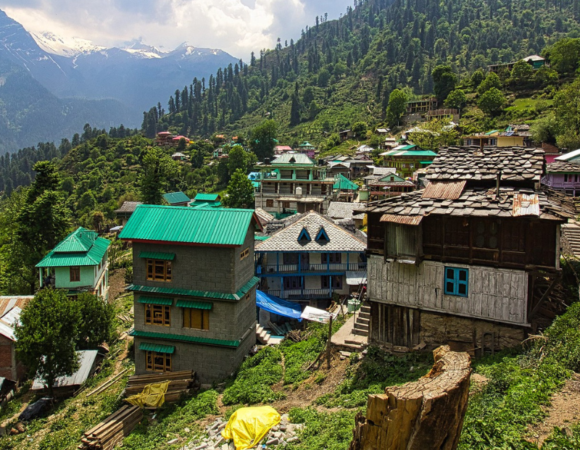
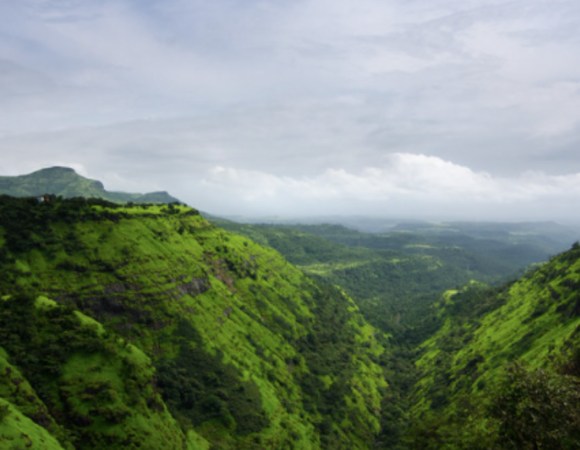
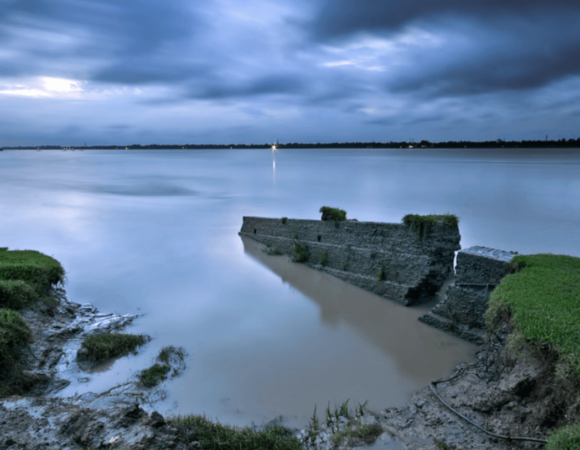
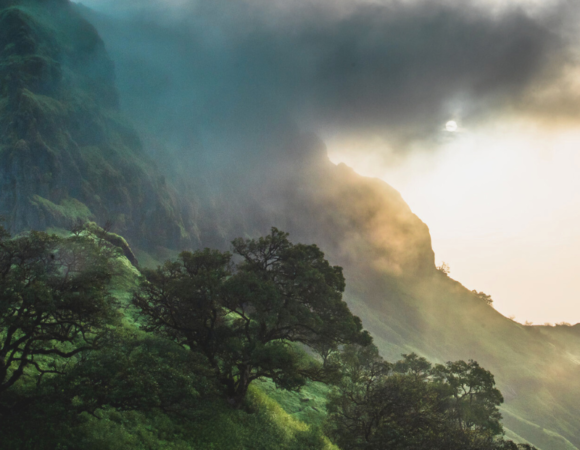

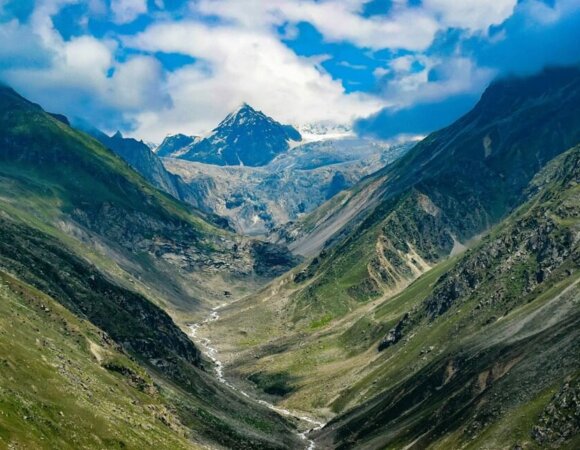
[…] Read more: Tenzing Norgay […]